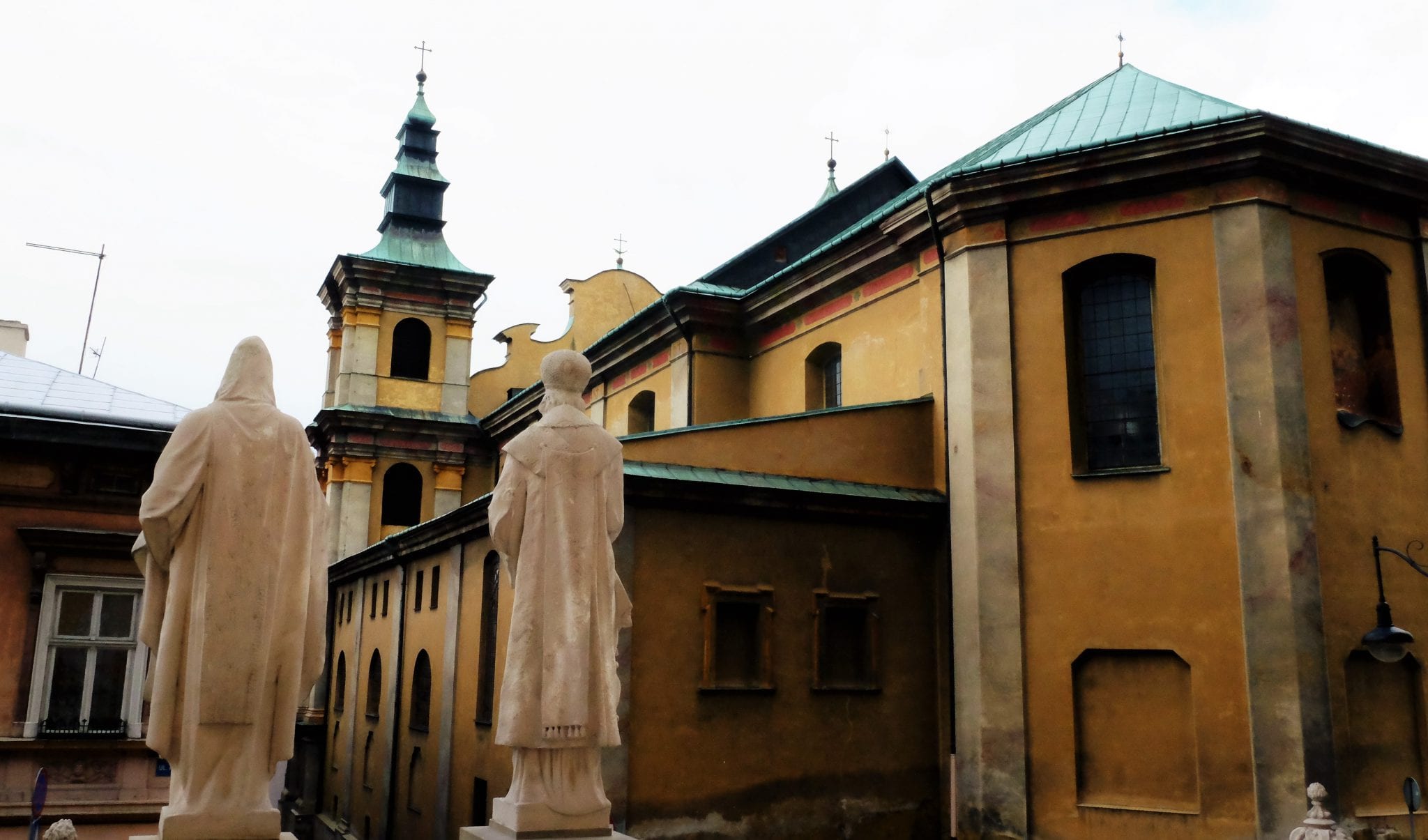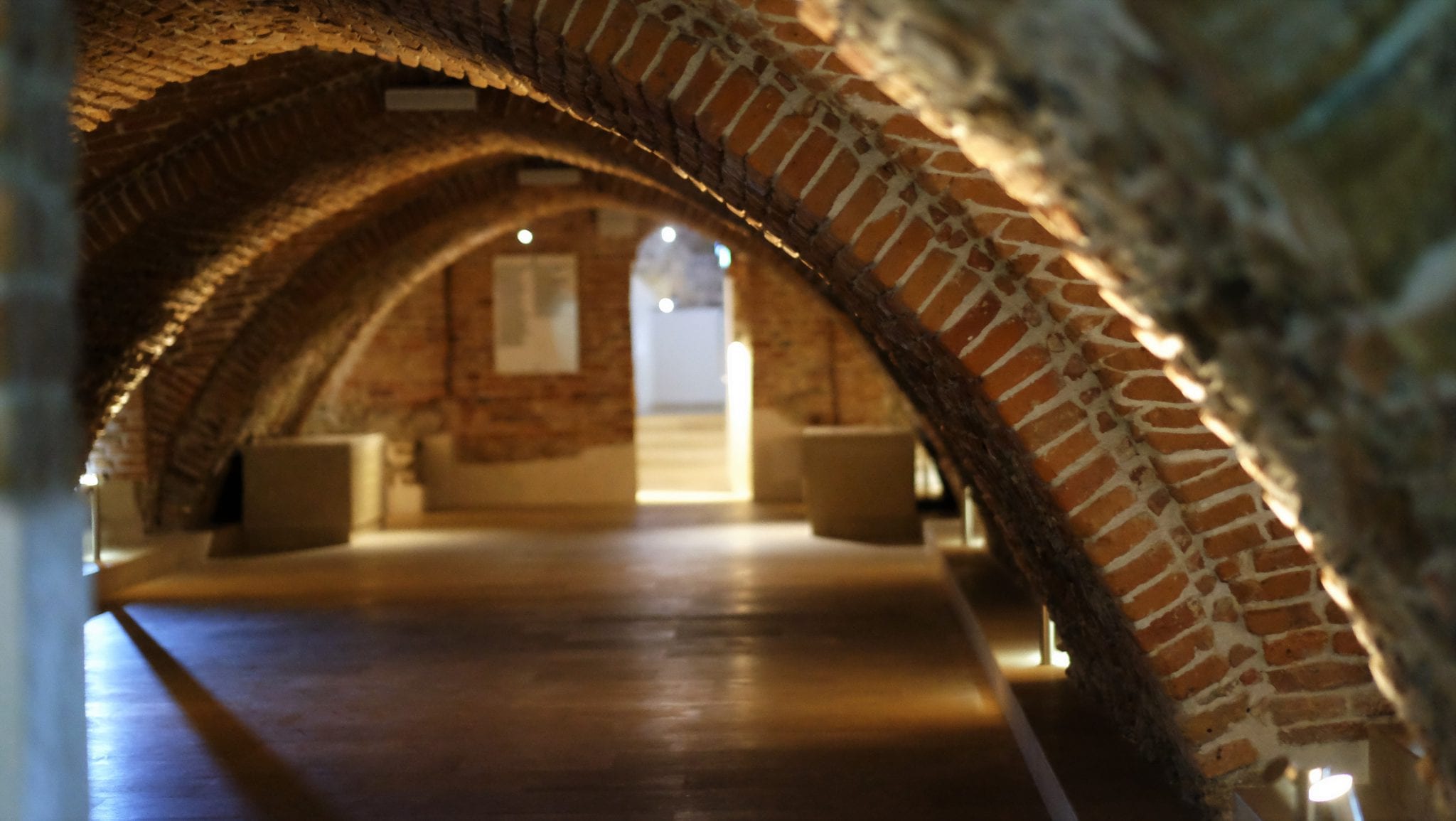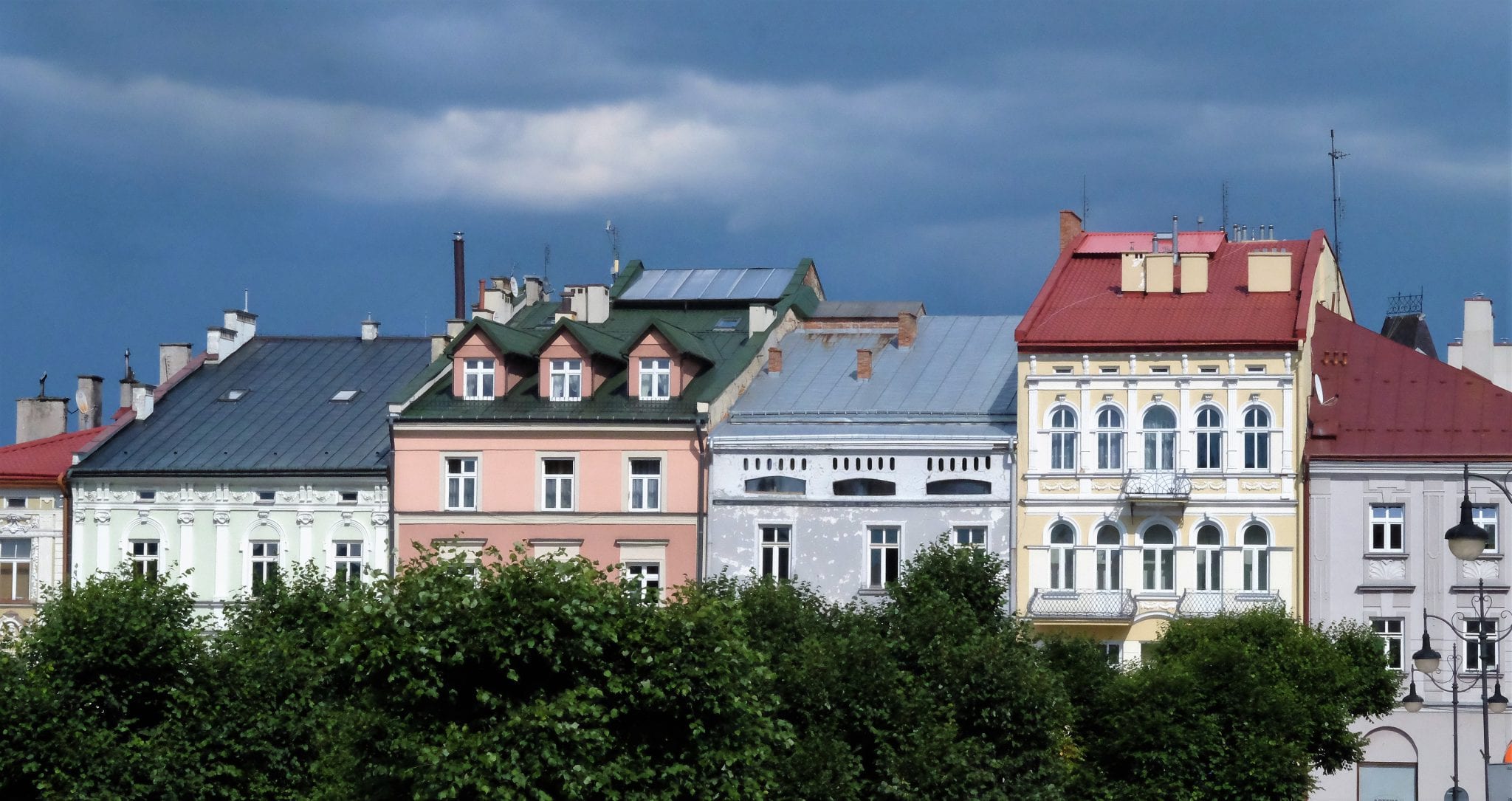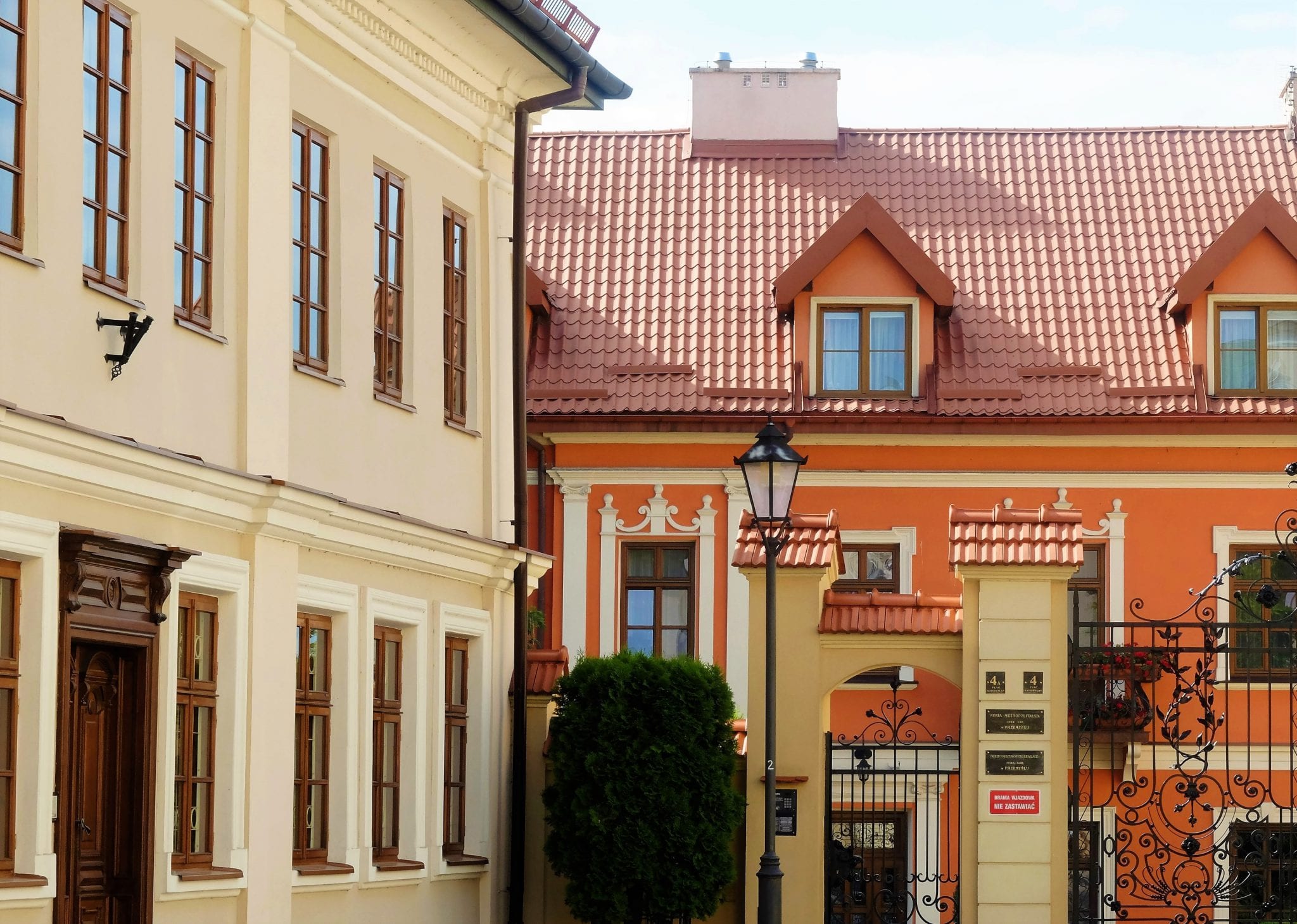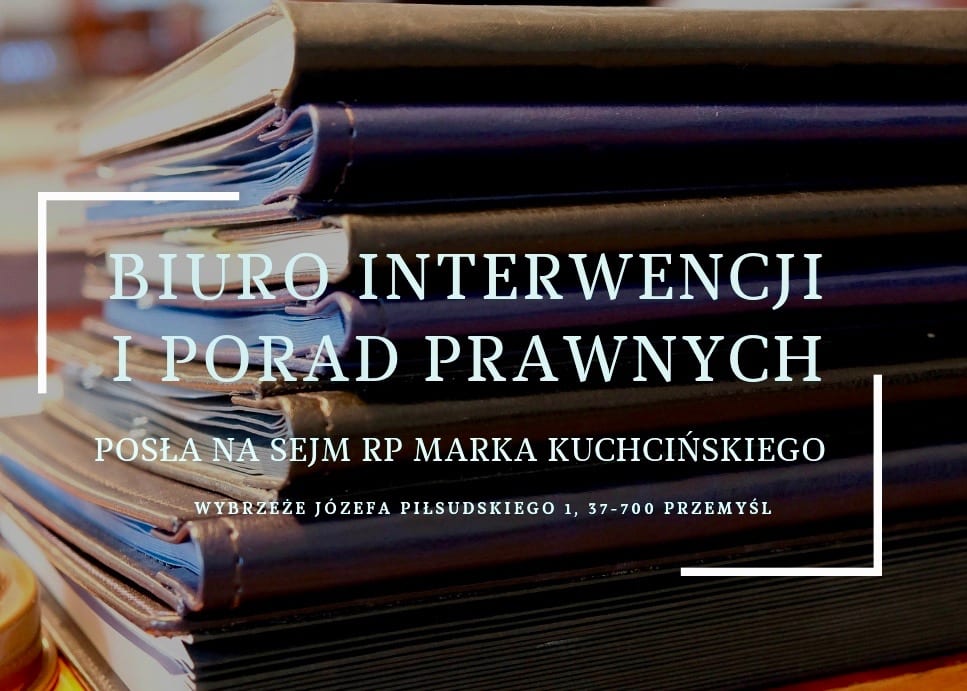- For 100 years of independence we have 105 Monuments of History, testimonies of the history of our land, testimonies of the history of Poland - said President Andrzej Duda, who established 14 new Monuments of History. Among them are the Przemyśl Fortress and the Old Town complex in Przemyśl.
JUSTIFICATION:
Old Town Complex in Przemysl is an example of an urban-architectural complex of great historical value, in which the building structure of successive epochs layered harmoniously, leaving valuable objects of architecture and fine arts. According to J. Długosz the beginnings of the town of Przemyśl date back to the 7th century. According to J Długosz, the origins of the town of Przemyśl can be traced back to the 7th century, and a significant development of the settlement occurred in the 11th century when it became the administrative center of the state of Bolesław Chrobry, then the capital of the Duchy of Halicz-Włodzimierz, a royal town, an important center of the Republic of Poland (mid-14th-18th centuries) and the capital of the Przemyska Land, as well as the seat of two bishoprics: Catholic and Orthodox. A fortified town existed on Castle Hill, within which pre-Romanesque buildings were located: the palace and rotunda (preserved today in the form of relics).
The old town complex has to a large extent preserved its spatial layout (finally shaped by the middle of the 17th century), exceptionally numerous, high class sacral monuments of gothic and modern architecture and valuable monuments of secular 19th century architecture. Fragmentary surviving modern defensive walls define the territorial range of the historic city, additionally strengthened by castle fortifications and enclaved monasteries: Discalced Carmelites, Reformati and Benedictines, located at the bridge crossing in Zasanie. The spatial layout of the old town complex consists of a slightly transformed market square (one frontage was demolished) and the surrounding blocks of buildings that used to be connected with various religious centers (Jewish, Ruthenian and Latin districts) together with the road network, which, like the whole town, was significantly changed in 1854-1914 during the construction of the internal and external fortifications of the Przemyśl Fortress.
Specificity and uniqueness of the Old Town in Przemyśl is determined by historical buildings, connected with the landscape, among others with the massif of the Zniesienie Hill and the Tatar Mound. They include, apart from the monastery complexes mentioned above: the St. John the Baptist Archcathedral as well as the Church of the Holy Cross. They include, apart from the aforementioned monastery complexes, the Cathedral of St. John the Baptist as an urban dominant, the Carmelite Convent complex and the Franciscan Convent complex, a number of tenement houses (the oldest ones date back to the 16th and the first half of the 17th century) and many others. They create a unique, picturesque panorama of the city, admired in almost unchanged form for 250 years.
The old town complex formed over the centuries together with numerous monuments of sacral architecture, especially baroque churches and church and monastery churches, equipped with works of art, including a number of late-baroque woodcarving of the Lviv circle, as well as classicist and eclectic-secession townhouses of the nineteenth and twentieth centuries, creates a coherent urban composition. This ensemble, due to its geographical location - at the meeting point of cultures, is also a testimony of multicultural and multi-religious character of the city community.
Przemyśl Fortress is considered one of the largest European fortresses of World War I. Its large-scale composition and landscape has been preserved to this day, as well as its individual elements forming three rings of permanent fortifications, relics of field fortifications, the system of fortress roads and numerous facilities such as military barracks, the former garrison hospital and headquarters. The whole complex creates a historic fortified landscape around Przemyśl with a system of camouflage greenery, combined with the picturesque natural landscape of the Przemyskie Foothills and the San and Wiar valley.
The fortress of Przemyśl was built in stages, from 1854 until the outbreak of WWI. Its construction was determined by important historical events, connected with the Crimean War, in which Austria took an unfavorable stance towards Russia. The individual stages of the fortress construction followed the development of the architecture militaris, whose model was the Austro-Hungarian school of fortifications. The defensive works created within the framework of this school were among the most modern in Europe. Unlike other systems of that time, they were characterized by a great variety of forms and types of individual objects, depending on the terrain. Another feature testifying to the modernity of the Przemysl fortifications was the large-scale use of armoured positions: revolving towers armed with cannons, mortars and howitzers, observation towers and permanent gun emplacements hidden in the casemates of traditors and caponiers behind armoured plates. The forts in Przemyśl were equipped with six Senkpanzer-type, fast-moving armored towers with 8cm rapid-fire cannons, which were the most modern defensive installations in the world at that time. Four positions of these towers have survived to this day in the fort XI "Duńkowiczki".
The creators of the fortress's defensive works were graduates of the Academy of Military Engineering in Vienna: Daniel von Salis Soglio, Anton Werner, Moritz Josef von Brunner, Polish engineer Julian von Roszkowski (who served as commandant of the fortress from 1890 to 1897), and Hermann Kusmanek von Burgneustädten, the last commandant, who commanded the defense of the fortress during two sieges.
During World War I the fortress survived three sieges. In the first one Russians unsuccessfully tried to take it by storm, suffering colossal losses. In the next one the fortress was blockaded by the Russians but their attempts to break through failed. The hard winter of 1915, exhaustion of the crew by hunger and diseases made the last commandant decide to surrender the fortress. Before the surrender the most important defensive elements of forts and ammunition storages were blown up and the armament was destroyed. During the third siege in May 1915, after a violent assault, the whole Przemyśl Fortress was taken from the Russian hands.
The fortified landscape of the Przemyśl Fortress and individual fortress facilities constitute today's material evidence of the battles fought at the beginning of the Great War - in 1914-1915. These are primarily war cemeteries, the two largest and most monumental of which are located within the inner ring of the fortifications. Thousands of soldiers of many nationalities who died during the three sieges of the fortress were buried there. Individual forts and field fortifications bear traces of heavy artillery fire and blowing up before the surrender in the second siege.
National Heritage Institute
Przemyśl fortification complexes also have a chance to join the prestigious UNESCO World Heritage List:
Fortifications and war cemeteries can join UNESCO treasures
Deputy Prime Minister Gliński: There will be two Monuments of History in Przemyśl - the fortress and the Old Town: http://www.mkidn.gov.pl/pages/posts/wicepremier-glinski-w-przemyslu-beda-2-pomniki-historii—twierdza-i-starowka-8881.php
The other sites highlighted are: Gdańsk Shipyard - a symbol of solidarity, fight for freedom of our times, and thus also a symbol of rebirth of our state - free and sovereign Republic, Bialystok - the complex of Christ the King and St Roch Church (Podlaskie Province), Bóbrka - the oldest crude oil mine (Podkarpackie Province), Brzeg - the Castle of Silesian Piasts with a renaissance gate and the castle chapel of St Jadwiga - necropolis of the Piasts (Opolskie Province), Dobrzyca - a palace and park complex (Wielkopolskie Province), Oblęgorek - Henryk Sienkiewicz palace with a historic park and lime avenue (Wielkopolskie Province). Dobrzyca - park and palace complex (Wielkopolskie Province), Oblęgorek - Henryk Sienkiewicz's palace with a historic park and lime tree alley (Świętokrzyskie Province) and Olesno - St. Anne's pilgrimage church (Opolskie Province). Pułtusk - collegiate church dedicated to the Annunciation of the Blessed Virgin Mary (Mazowieckie Province), Rytwiany - Pustelnia Złotego Las monastery complex (Świętokrzyskie Province), Stary Sącz - an old-town complex with a monastery of the Poor Clares (Małopolskie Province), Wiślica - a monastery complex with a park and an avenue of lime trees (Mazowieckie Province). Wiślica - the collegiate church complex of the Nativity of the Blessed Virgin Mary, together with the relics of the church of St. Nicholas and a castle (Świętokrzyskie Province), and Wloclawek - the cathedral of the Assumption of the Blessed Virgin Mary (Kujawsko-Pomorskie Province).
Photo by Marta Marchlewska

Photo: Piotr Michalski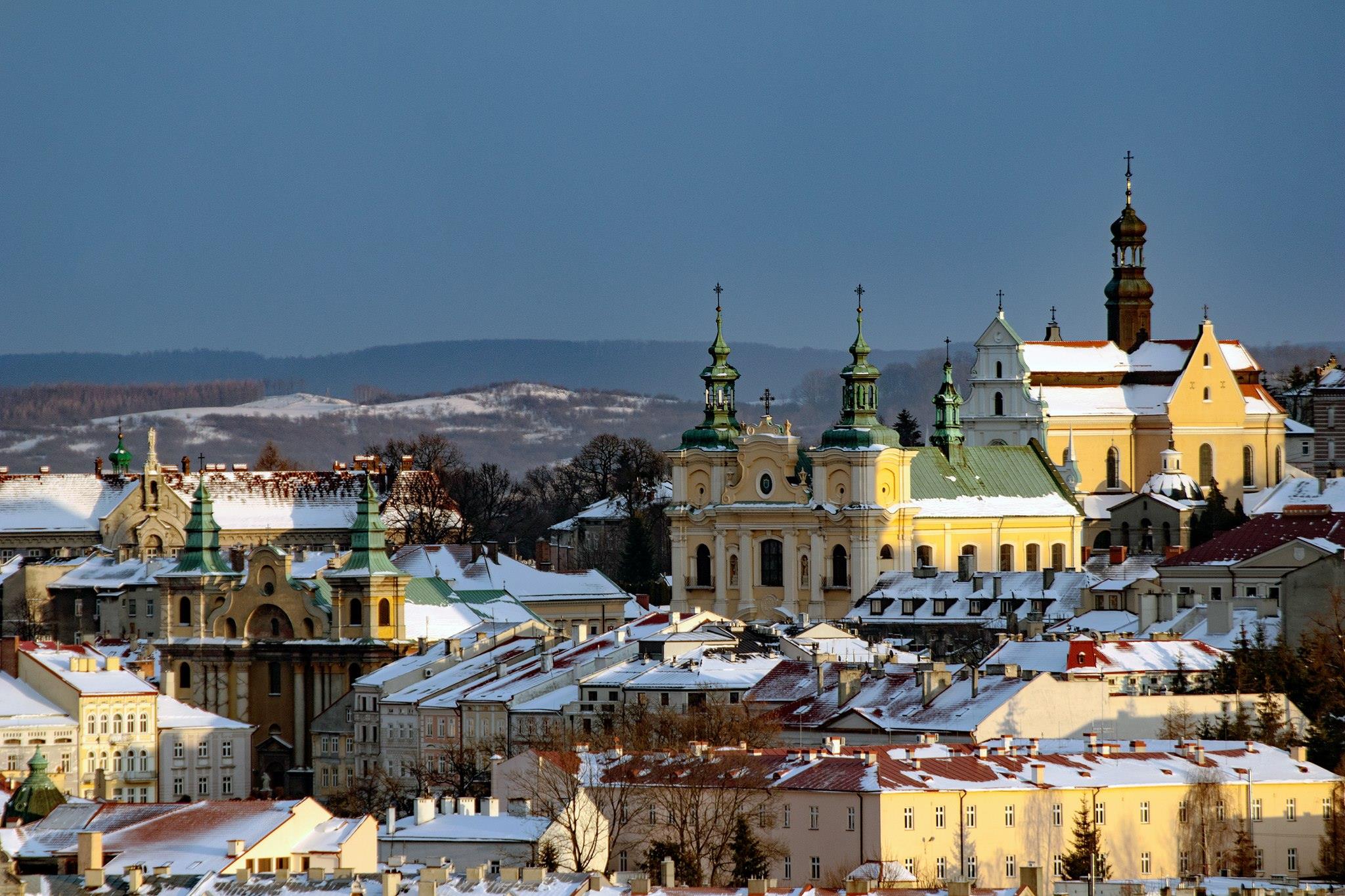
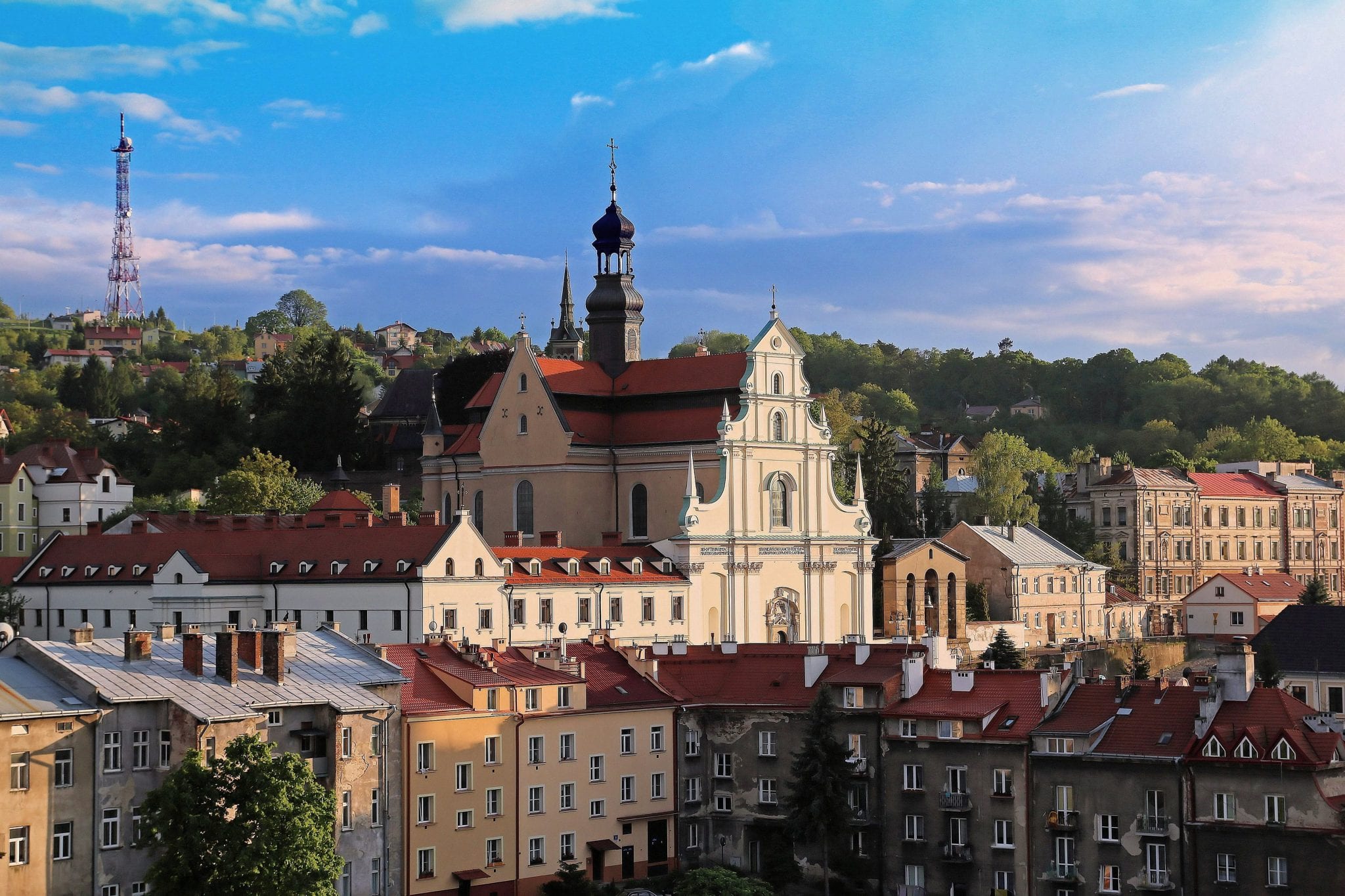
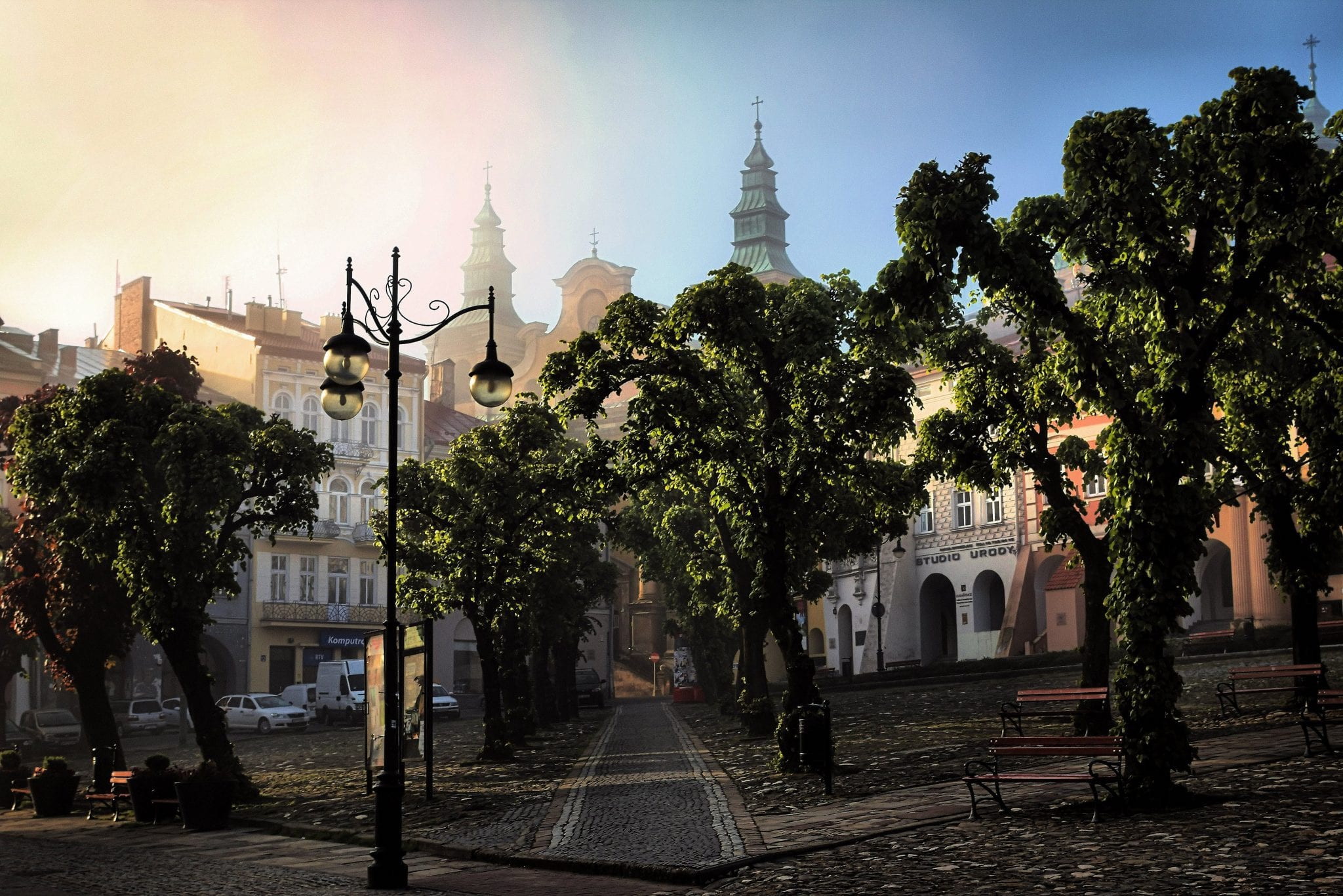
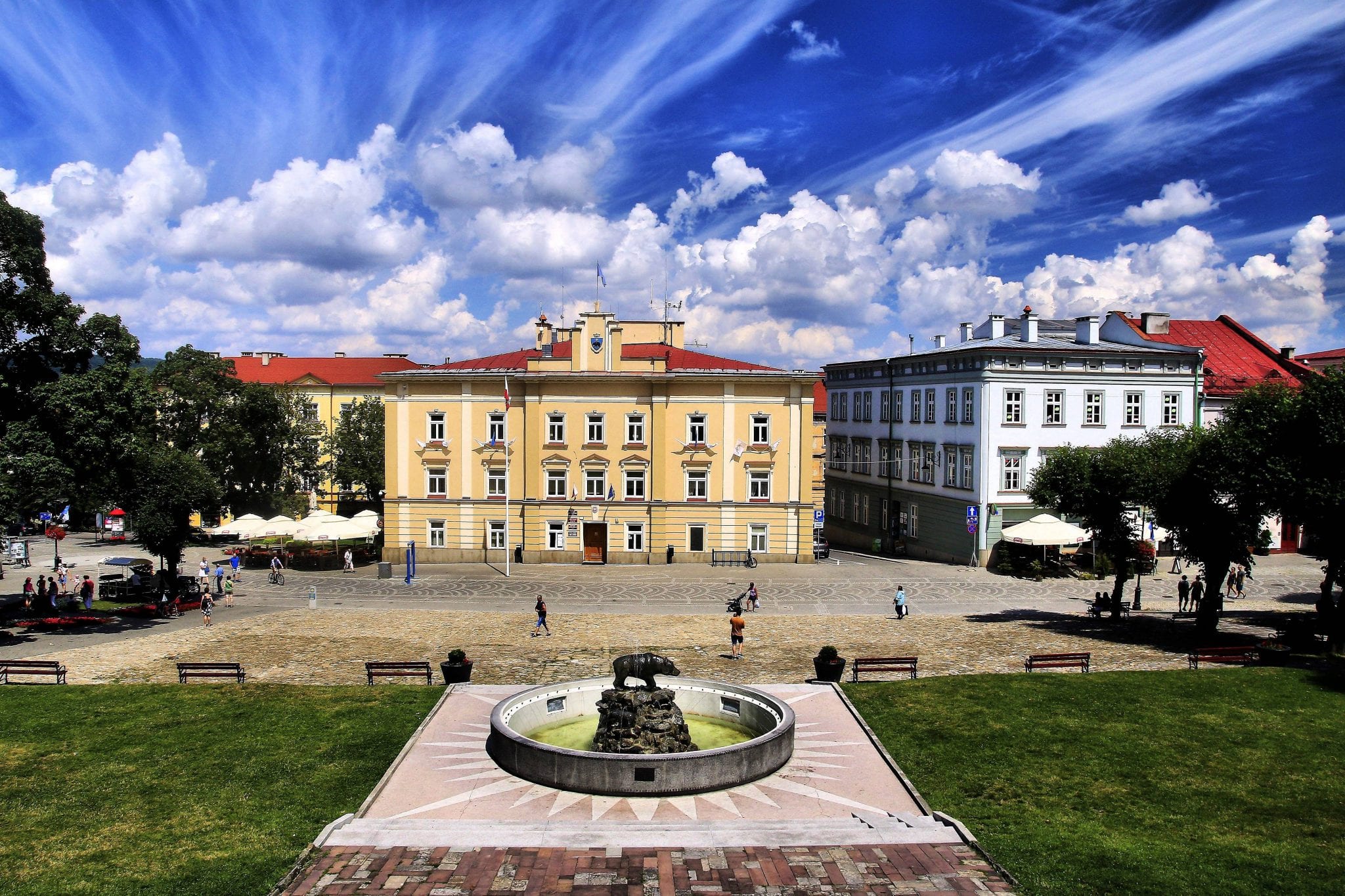
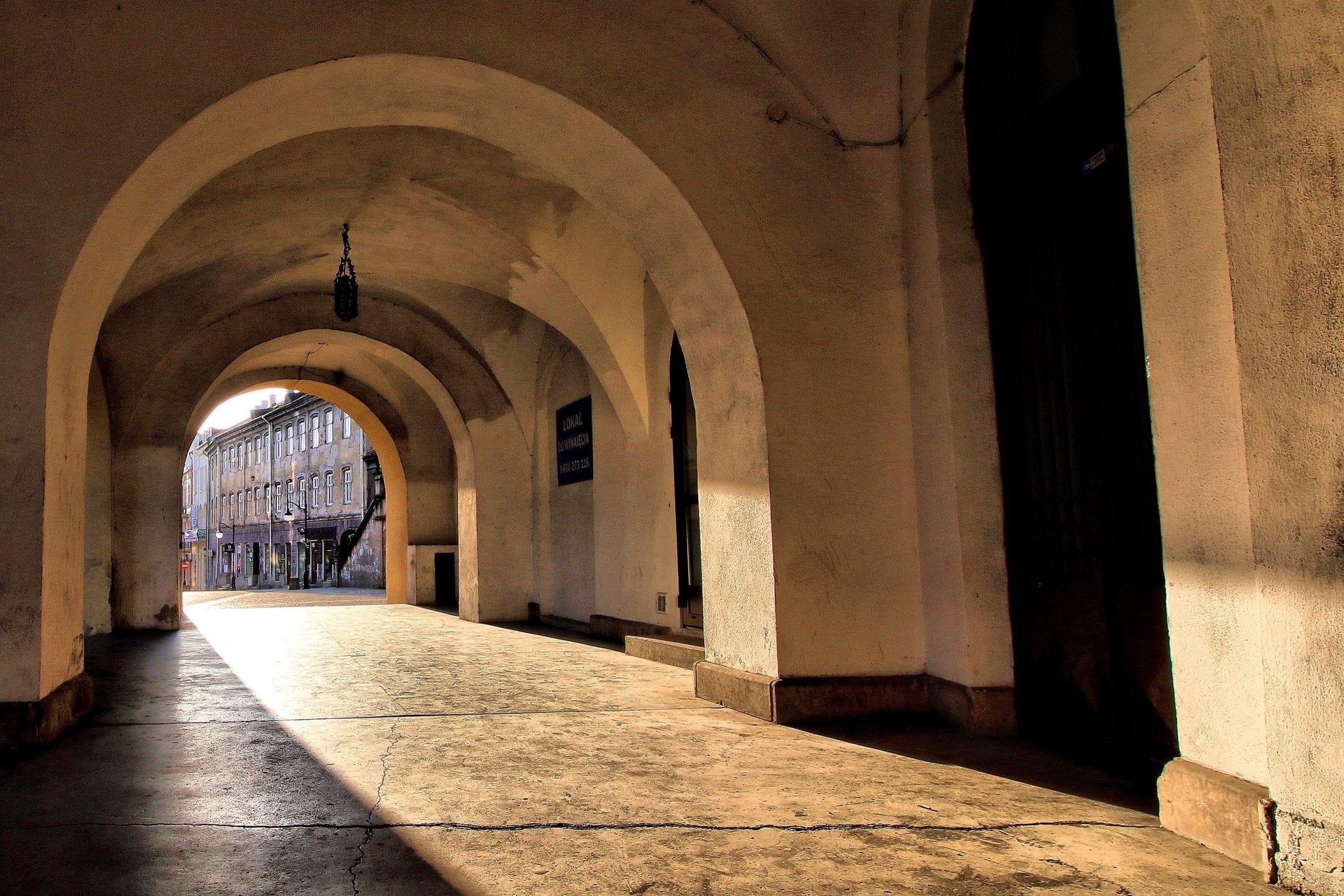
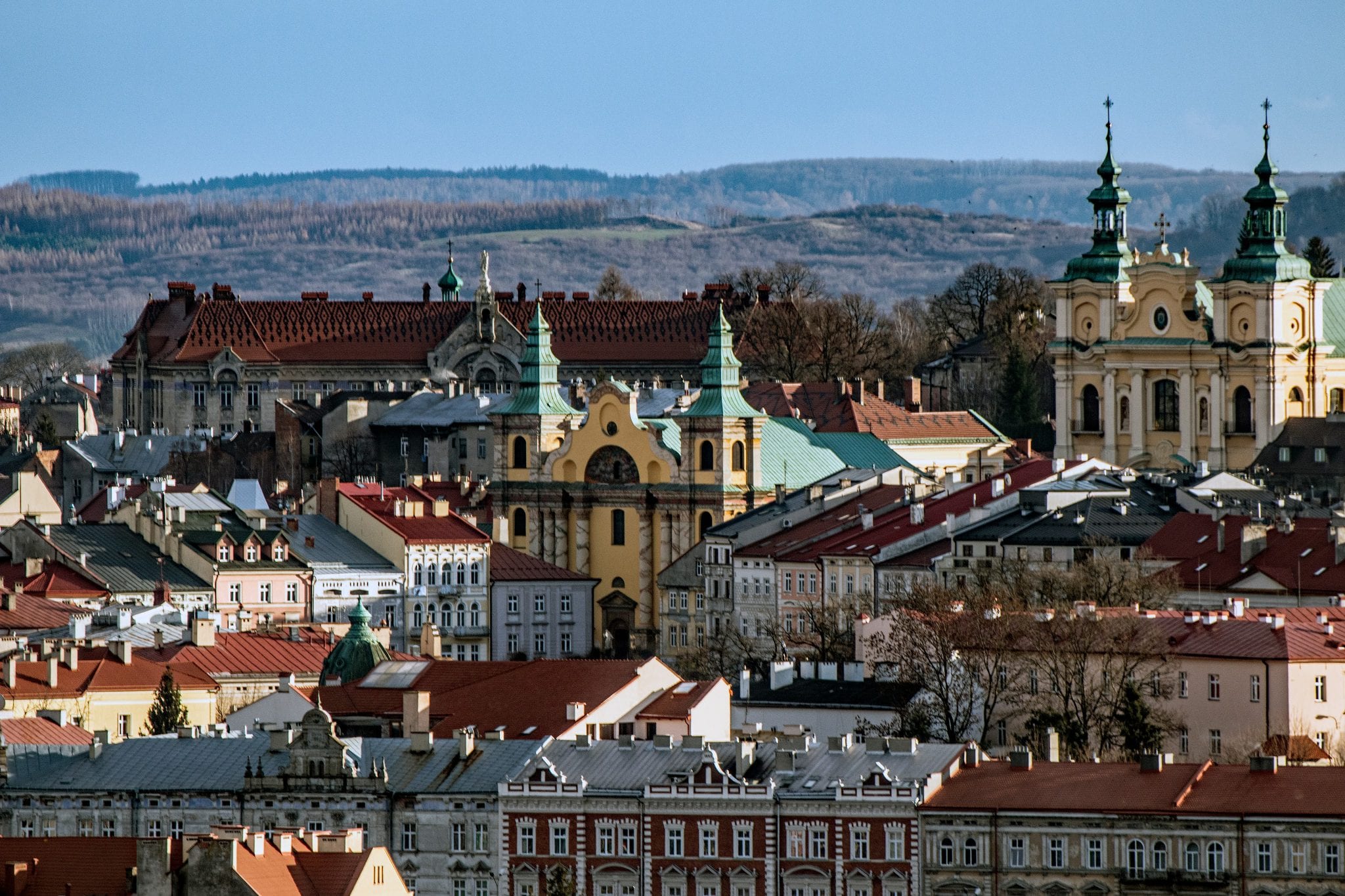
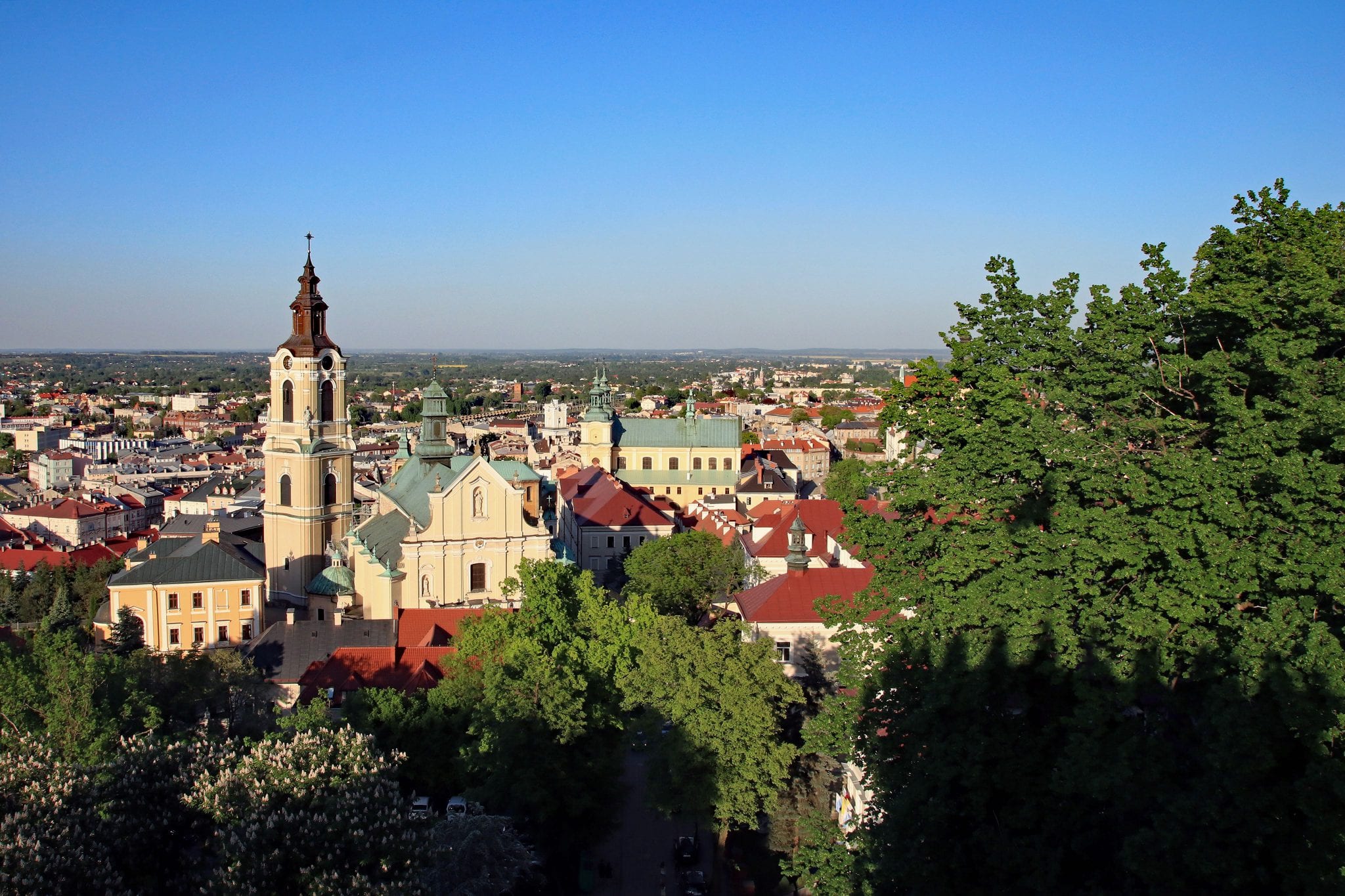
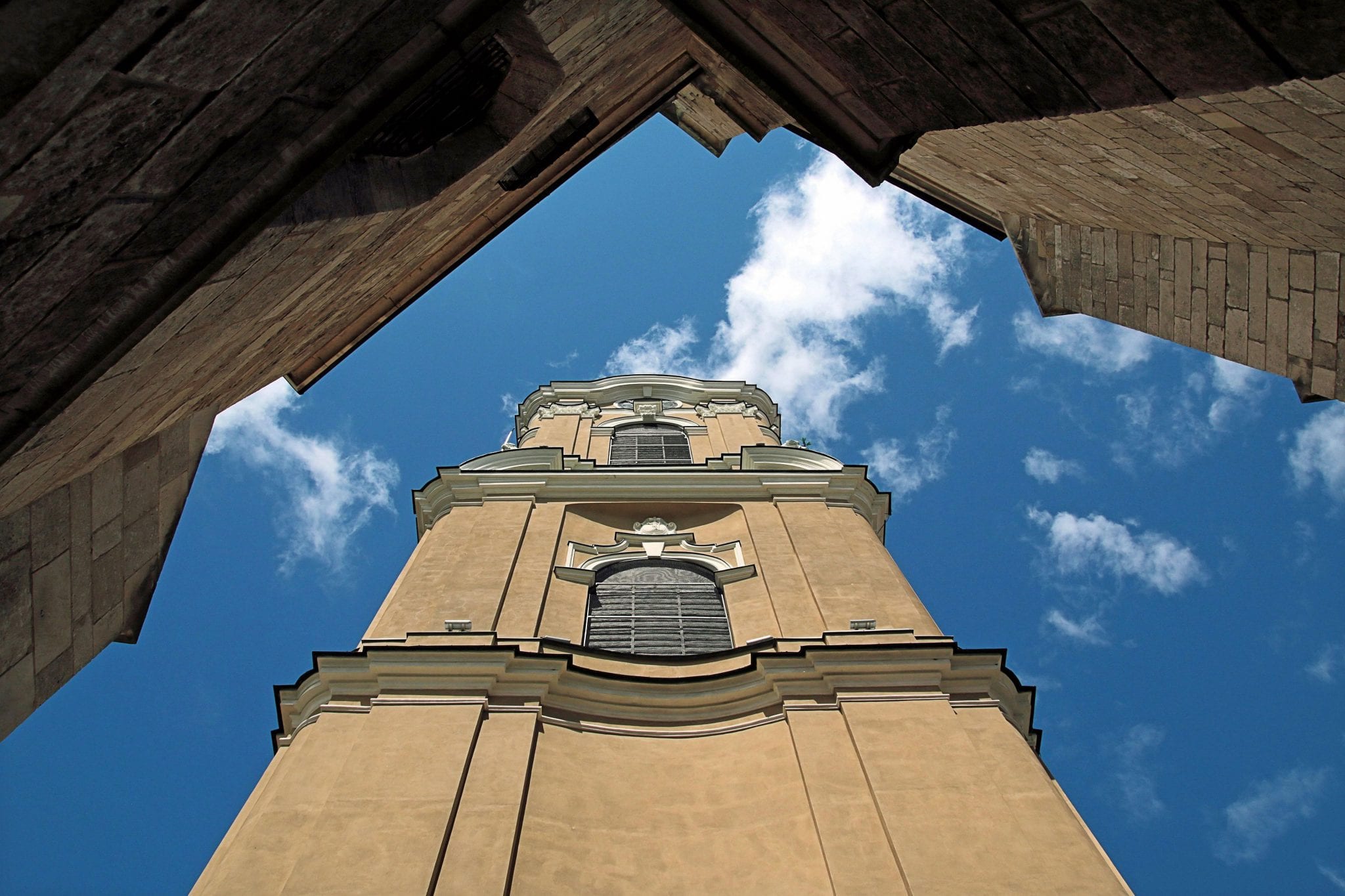
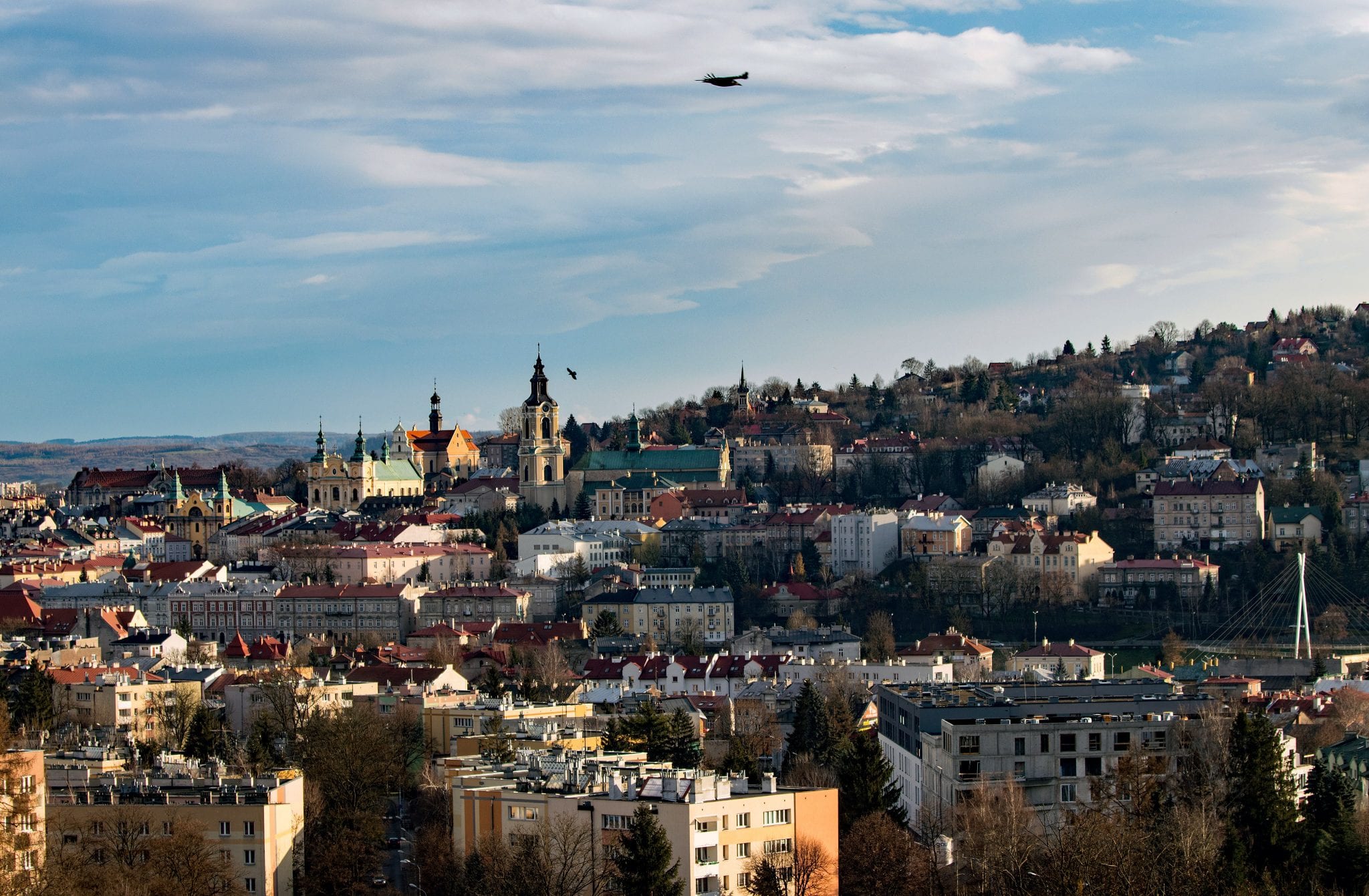
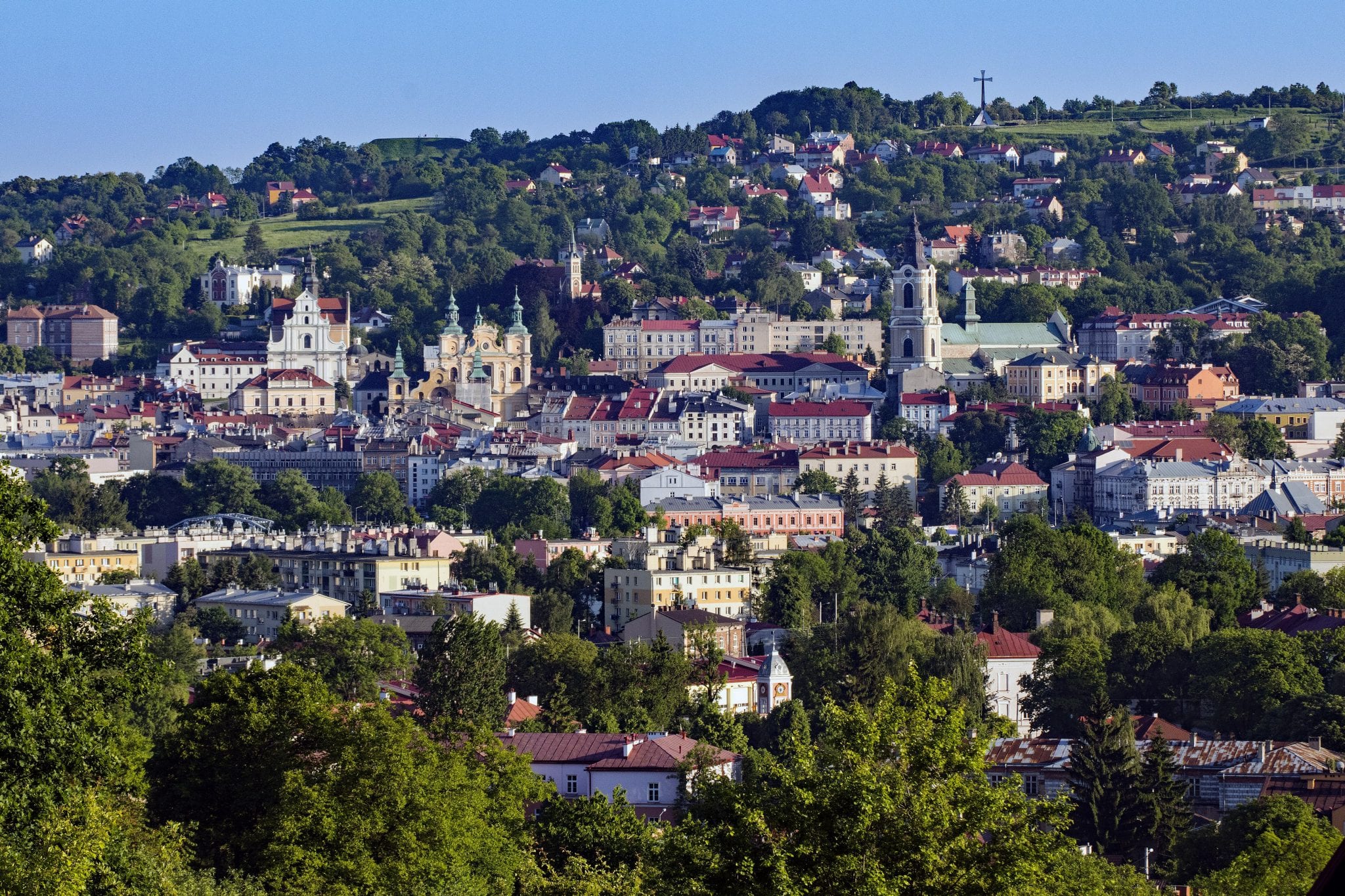
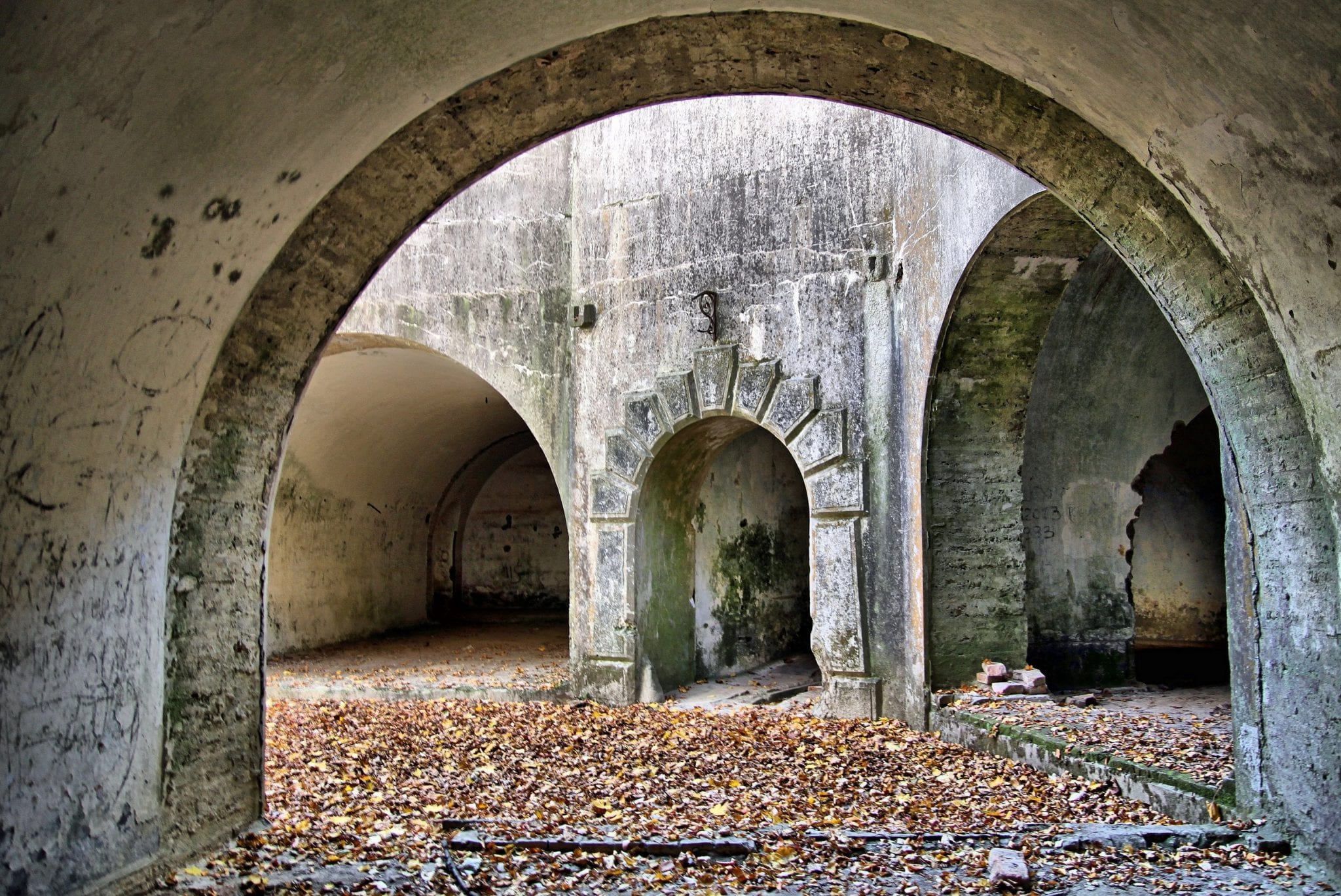
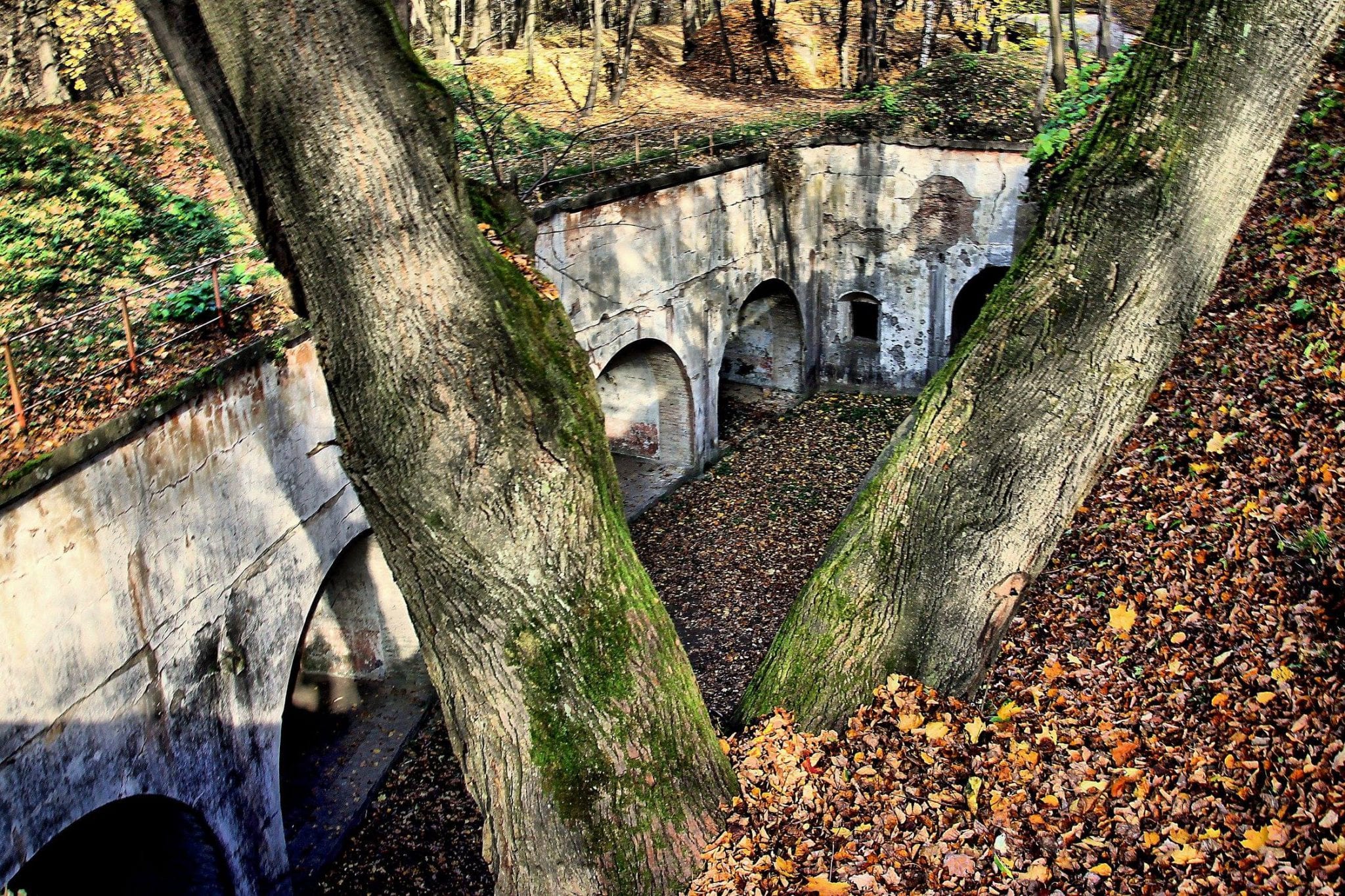
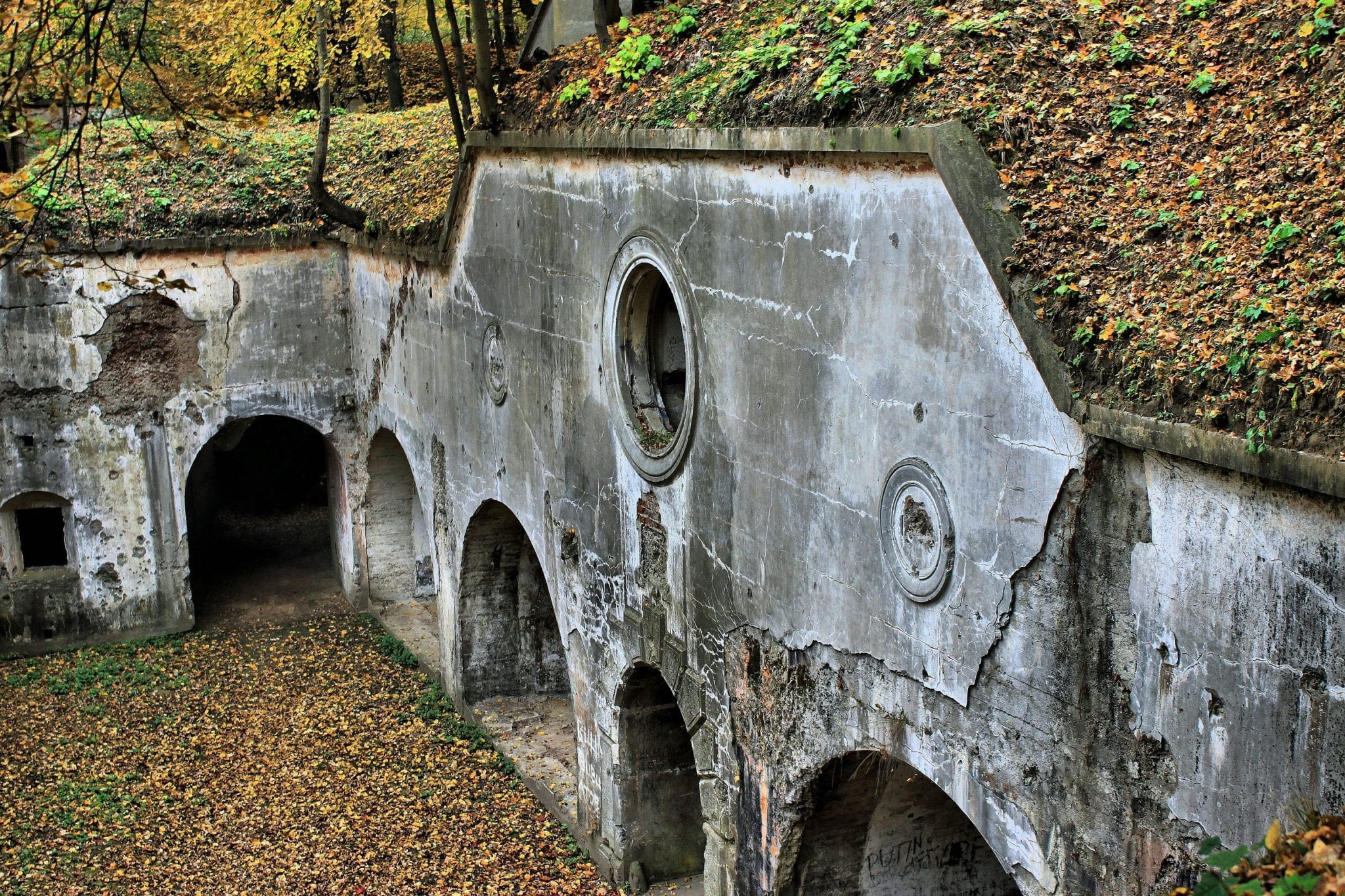
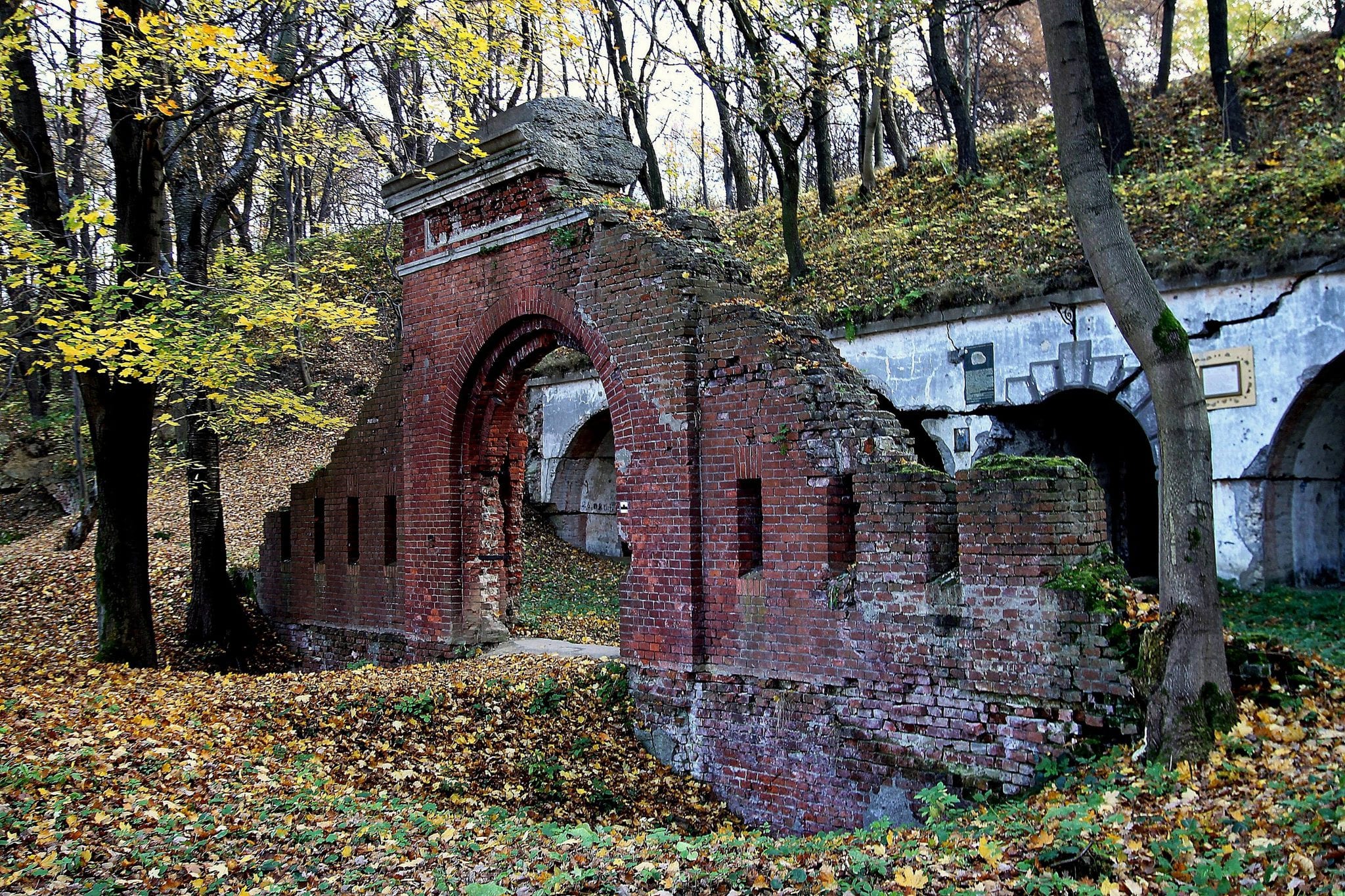
Photo by Marta Olejnik